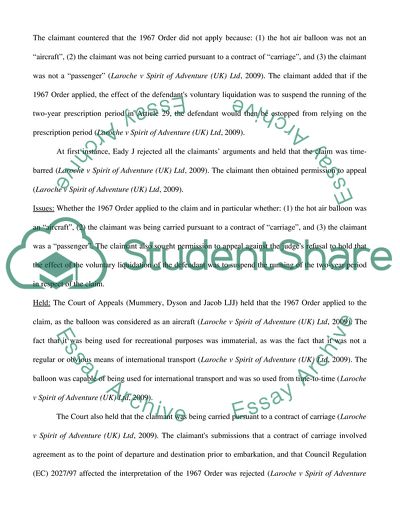Cite this document
(Analysis of Laroche v Spirit of Adventure Ltd Case Study - 1, n.d.)
Analysis of Laroche v Spirit of Adventure Ltd Case Study - 1. https://studentshare.org/law/1734294-case-analysis
Analysis of Laroche v Spirit of Adventure Ltd Case Study - 1. https://studentshare.org/law/1734294-case-analysis
(Analysis of Laroche V Spirit of Adventure Ltd Case Study - 1)
Analysis of Laroche V Spirit of Adventure Ltd Case Study - 1. https://studentshare.org/law/1734294-case-analysis.
Analysis of Laroche V Spirit of Adventure Ltd Case Study - 1. https://studentshare.org/law/1734294-case-analysis.
“Analysis of Laroche V Spirit of Adventure Ltd Case Study - 1”. https://studentshare.org/law/1734294-case-analysis.


